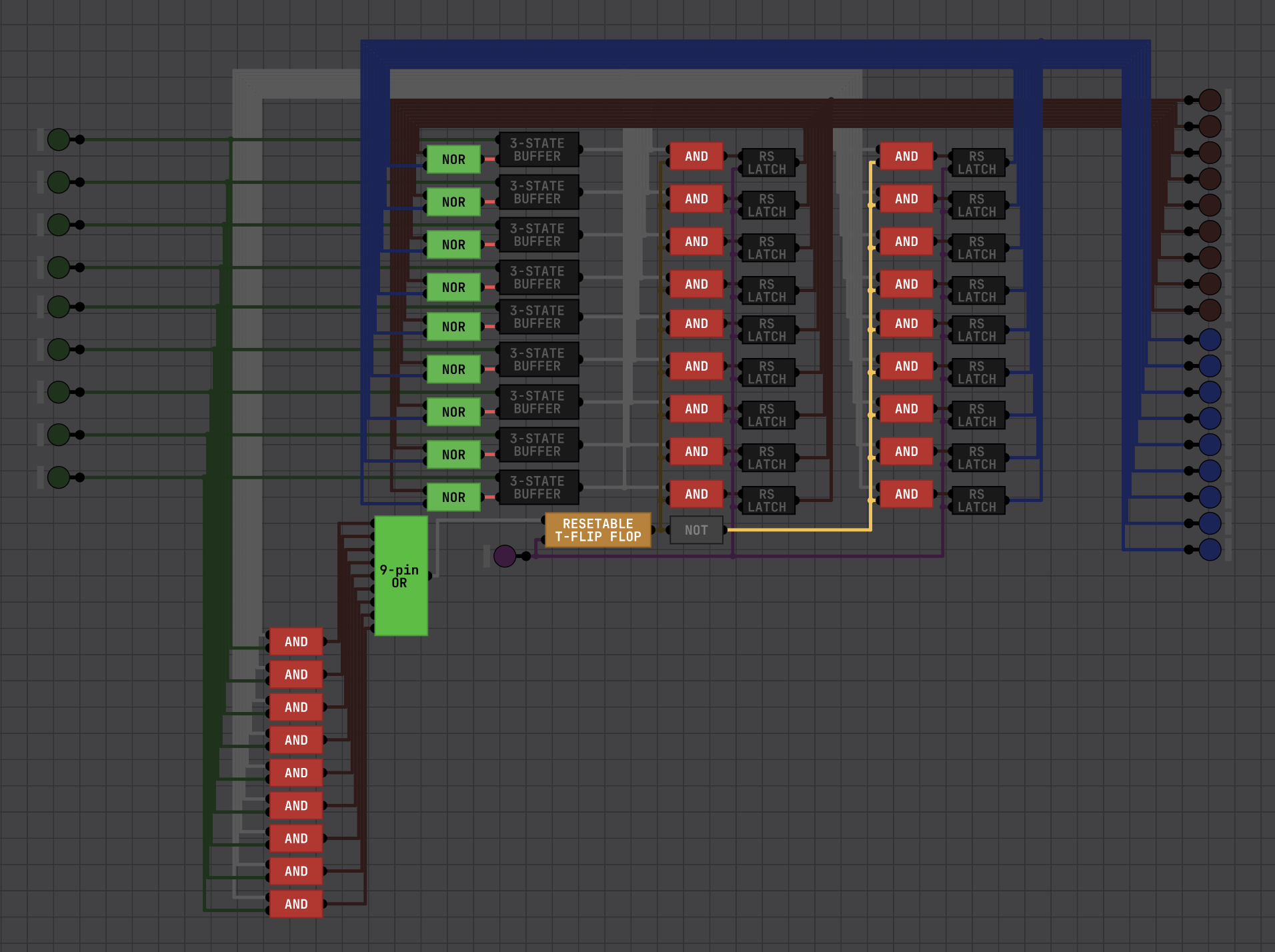Hi everyone, I was thinking it might be fun to have a playlist on youtube to showcase different things that people have built in the simulation. So if you have something you want to share, just upload a video to yt and drop the link here. Don’t worry about it having to be super elaborate or anything, I think it’s cool to see a variety of projects, both small and large. There’s also no time limit to this — I’ll check back every so often and add any new entries to the list :)
If you want to check it out, you can find the playlist over here.
(By the way, I’m also planning to show some of these in a video — most probably at the end of my digital logic series. That’s still quite a while away, but I’ll link that here as well once it’s eventually out).



